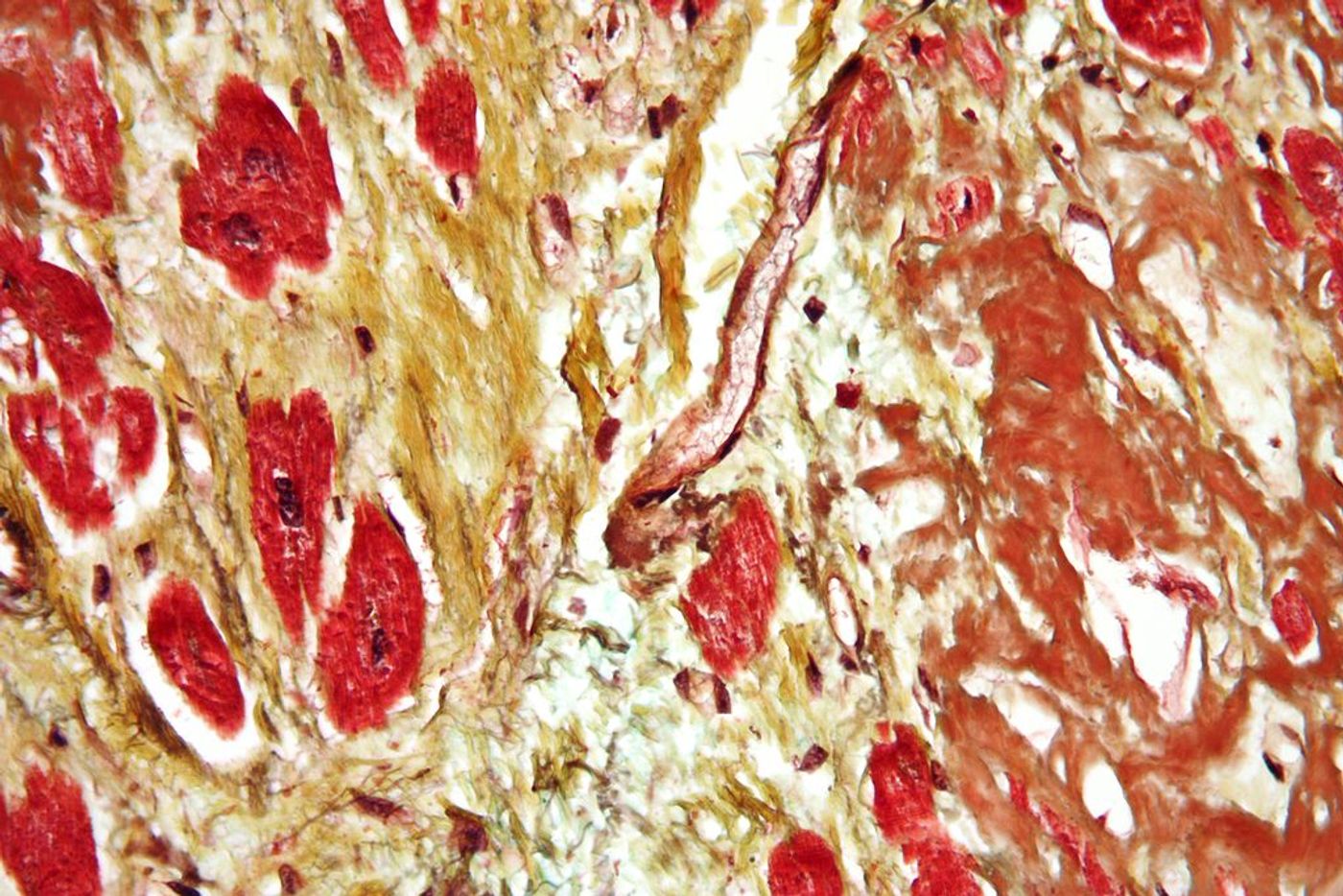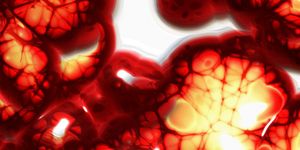One Gene and Its Role in Heart Disease
Environmental and lifestyle factors are key in the development of heart disease, a malady that affects a monumental amount of people every year. But a new study instead focuses on the genetic side of heart disease causation, identifying a gene mutation that might be responsible for the mostly-unexplained heart condition hypertrophic cardiomyopathy.

A mutated gene, OBSCN, causes an irregular heartbeat that makes the muscle work harder to pump blood to deliver oxygen and nutrients to the body’s tissue, increasing the risk for heart failure. From the University of Maryland School of Medicine, the discovery of this mutation and its connection to heart disease is one nearly twenty years in the making.
OBSCN is a gene that produces signaling proteins called obscurins, large cytoskeletal proteins with structural and regulatory roles such as the organization of myofibrils, contractile threads within muscle cells. In addition to hypertrophic cardiomyopathy, OBSCN mutations are linked to increased risk of many types of cancer and congenital heart disease.
Despite these known links, researchers have yet to pinpoint the precise mechanisms by which an OBSCN mutation causes disease. The gene itself was first discovered by scientists in 2011, including Dr. Aikaterini Kontrogianni-Konstantopoulos from the University of Maryland, senior author of the new study linked OBSCN mutations to hypertrophic cardiomyopathy (HCM).
HCM is a condition characterized by an enlarged heart - visible from measurements and weight, muscle thickened and scarred - that becomes less efficient at pumping blood. It is one of four types of cardiomyopathy, a general dysfunction of the heart muscle that develops often for unknown reasons. HCM is typically a familial disorder caused by different gene mutations and resulting in a variety of disease outcomes.
Kontrogianni-Konstantopoulos created a genetically altered mouse model of the OBSCN mutation to study its effects on the heart in more detail. There were three experimental groups receiving different levels of stress: none, moderate, and significant. Groups experience zero stress simply developed an arrhythmia, those experiencing moderate stress showed signs of thickened hearts, and those experiencing significant stress scarred and ineffective hearts.
There is still much to uncover about the mechanisms by which genetic mutations in OBSCN ultimately lead to heart disease, and the present study represents the first steps toward understanding the details of this genetic factor of heart disease.
The present study was published in the journal Science Advances.
Sources: Oncogene, National Center for Biotechnology Information, Hypertrophic Cardiomyopathy Association, University of Maryland School of Medicine








